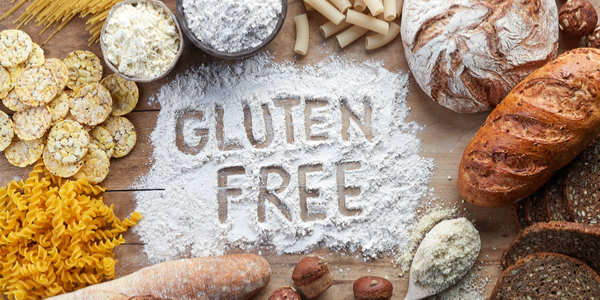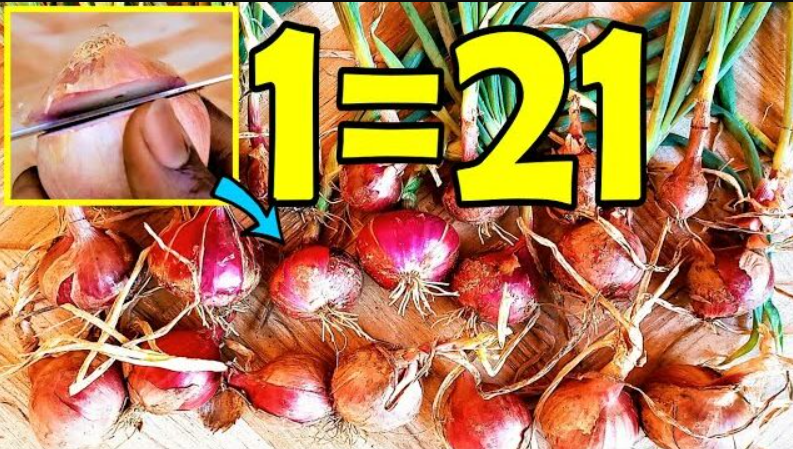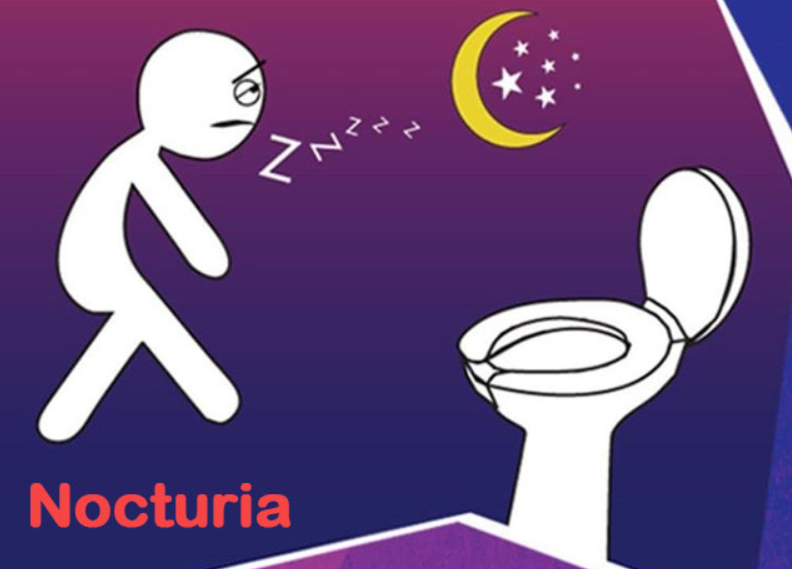Given that there are various gluten-free products in supermarkets today, these foods should be on the children’s menu only if they suffer from gluten intolerance, or rather from autoimmune ciliac disease, according to doctors from the German Association of Pediatricians.
Ciliac disease is a chronic disease characterized by gluten intolerance, which is an integral part of many foods we eat in everyday nutrition. It shows up as an unending aggravation of the gut and frequently happens in the most youthful.
With this diagnosis, gluten-free nutrition is indispensable, but in healthy children there is no need for gluten-free food so that there is no shortage of other nutrients important for normal growth and development of the child.
Gluten-free food regularly contains increasingly fat, sugar and salt, and less nutrient B, iron and folic corrosive. Accordingly, if the eating regimen of youngsters who don’t experience the ill effects of ciliac sickness depends just on such items, it can bring about reactions, for example, exorbitant corpulence.
People who eat gluten free food without having health reasons are also getting fewer fiber plants that are important for a healthy digestive system, doctors warn, and add that by eating gluten from the diet of children who are not ciliac disease you can make more harm than benefit.
Gluten is a blend of two sorts of proteins – glutenin and proline – usually found in grains, for example, wheat, rye and grain, just as in nourishments that a great many people don’t know contain gluten-like cream soups, soy sauce and brew.




